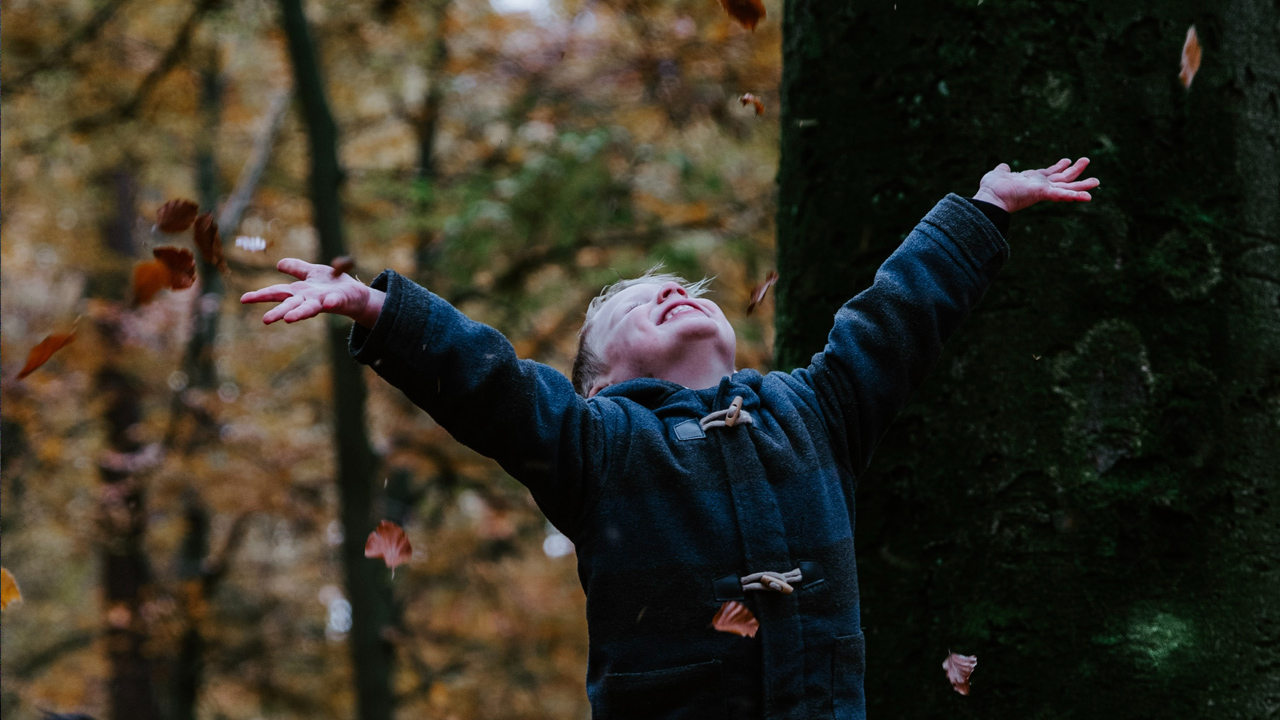
Seeing the Wind
Imagine living in a world where you didn’t understand the workings of nature…where thunder, lightning, earthquakes, eclipses were literally the voice, hands, and face of God? Where impossibly dark nights exploded with stars and the only entertainment were the chants, drums, and dance around community fires at night. Where you never saw your own reflection in a mirror and only knew the faces of those around you? How would you experience life and identity in such a world? Slow, earthy, magical, communal.
This is the world from which our scripture comes, and when Jesus describes people born of spirit as the wind blowing where it pleases, that we can hear the sound of it but don’t know where it’s coming from or going to, we understand the words, but not the radically different world that gives them deepest meaning. The ancient Hebrew world was amazingly parallel to indigenous cultures today, and we can crawl through a window to that world most easily by looking at those cultures still alive now.
In Hawai’ian, the word “ha” means breath, wind, and spirit all at the same time in just the way that Hebrew ruach and Aramaic ruha do. We can’t say them without making the sound of breath and wind, being connected to them. The Hawai’ian word “alo,” means in the presence of, so aloha means in the presence of breath, wind, spirit—a description of life. To the ancient Polynesians who first discovered the Hawai’ian islands on tiny koa canoes across thousands of miles of blue water, the incessant trade winds always blowing east to west were the breath of God that made life possible.
We can’t understand Hebrew or Hawai’ian spirituality without understanding breath and wind and the culture that experienced life in breath. And if we don’t understand life in breath, how can we understand Jesus’ words? As we continue to prepare for our own Pentecost—a breakthrough to trust in unseen spirit experienced as a great wind rushing through the upper room of Jesus’ first followers—there are five principles of Hawai’ian spirituality that define their world, describe Jesus’ world, and can help us make sense of our own, help us learn to see the wind.





